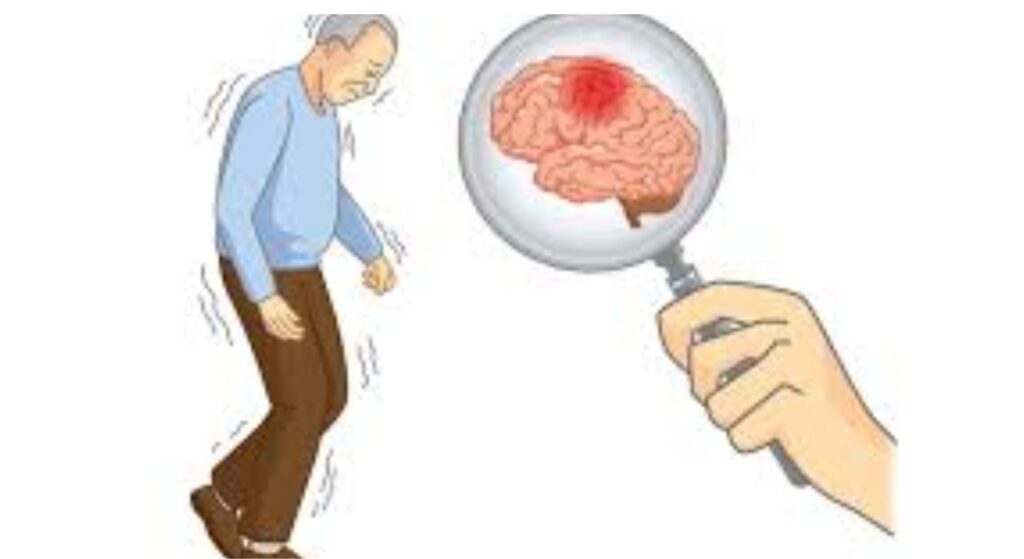Parkinson’s disease is a progressive neurological disorder that primarily affects movement and coordination. It develops when nerve cells in the brain responsible for producing dopamine—a chemical that helps control movement—become impaired or die. While there is currently no cure, various treatments can significantly improve quality of life. Understanding the available Parkinson’s disease treatment options, especially in the context of India, can help patients and caregivers make informed choices.
What Is Parkinson’s Disease?
Parkinson’s disease (PD) typically begins gradually, with a slight tremor in one hand or subtle movement difficulties. Over time, symptoms become more noticeable and may include:
- Tremors
- Stiffness or rigidity in muscles
- Slowness of movement (bradykinesia)
- Balance problems
- Speech and writing changes
As the disease progresses, it can also cause non-motor symptoms such as sleep disturbances, depression, anxiety, and cognitive changes.
Goals of Parkinson’s Disease Treatment
The primary aim of treatment is to manage symptoms and improve daily functioning. Because Parkinson’s affects each person differently, treatment plans are highly personalized. The major treatment categories include:
1. Medications
Medication is the cornerstone of Parkinson’s disease treatment. These drugs help manage symptoms by increasing or mimicking dopamine in the brain. Common medications include:
- Levodopa-Carbidopa: The most effective and widely used drug combination. Levodopa converts to dopamine, while carbidopa prevents it from breaking down too early.
- Dopamine Agonists: Mimic dopamine effects in the brain (e.g., pramipexole, ropinirole).
- MAO-B Inhibitors: Help prevent dopamine breakdown (e.g., selegiline, rasagiline).
- COMT Inhibitors: Extend the effect of levodopa therapy.
Adjusting the dosage and combination of medications over time is often necessary as the disease progresses.
2. Physical and Occupational Therapy
Rehabilitation therapy plays a vital role in helping patients maintain mobility, flexibility, and independence:
- Physiotherapy: Improves gait, balance, and muscle strength.
- Occupational Therapy: Teaches patients how to manage daily tasks safely and efficiently.
- Speech Therapy: Helps with speech clarity and swallowing difficulties.
3. Lifestyle Changes and Supportive Therapies
Incorporating regular exercise, a balanced diet, and mental health support can improve outcomes. Yoga, tai chi, and resistance training are known to aid motor control and balance. Support groups and counseling also help patients and families cope emotionally.
4. Advanced Therapies
When medications are no longer effective in managing symptoms, advanced treatments may be recommended:
a. Deep Brain Stimulation (DBS)
DBS is a surgical procedure where electrodes are implanted in specific brain regions to regulate abnormal activity. A device like a pacemaker controls the stimulation.
Benefits of DBS:
- Reduces tremors, rigidity, and medication-related side effects
- Helps reduce the amount of medication needed
b. Duodopa Therapy
This involves delivering a gel form of levodopa-carbidopa directly to the small intestine through a tube, allowing continuous absorption and smoother symptom control.
Choosing the Right Treatment Plan
Effective Parkinson’s management requires a multidisciplinary approach involving neurologists, therapists, and caregivers. Factors influencing the treatment plan include:
- Age and overall health of the patient
- Stage and severity of the disease
- Tolerance to medication side effects
- Affordability and accessibility
Looking Ahead: Future Treatments
Ongoing research in India and globally is exploring new treatment approaches, including:
- Stem cell therapy
- Gene therapy
- Neuroprotective drugs
- AI-based movement monitoring devices
These emerging therapies aim to slow disease progression and offer better symptom control.
Conclusion
While Parkinson’s disease remains a challenging condition, modern treatment approaches—ranging from medication to advanced surgical options—can greatly improve quality of life. With affordable healthcare infrastructure, India provides a wide spectrum of care options for Parkinson’s patients. Early diagnosis, a proactive treatment plan, and continuous support are key to living well with Parkinson’s disease.
If you or a loved one is experiencing symptoms, consult a neurologist and begin the journey toward effective treatment and better living.
To read more free article ( Click Here )

